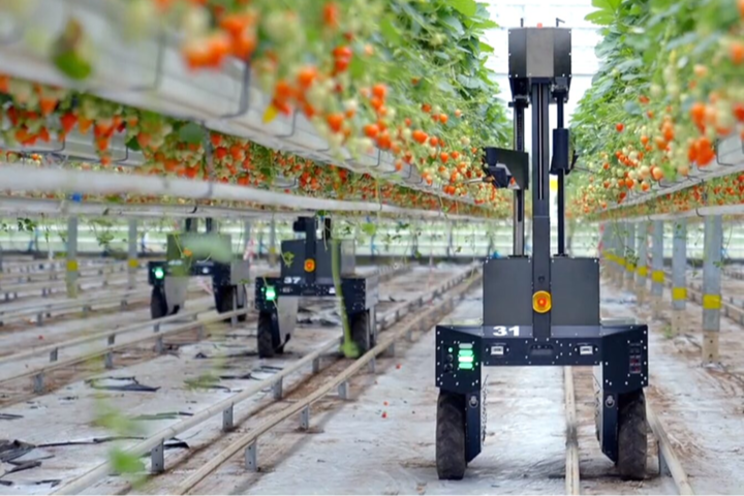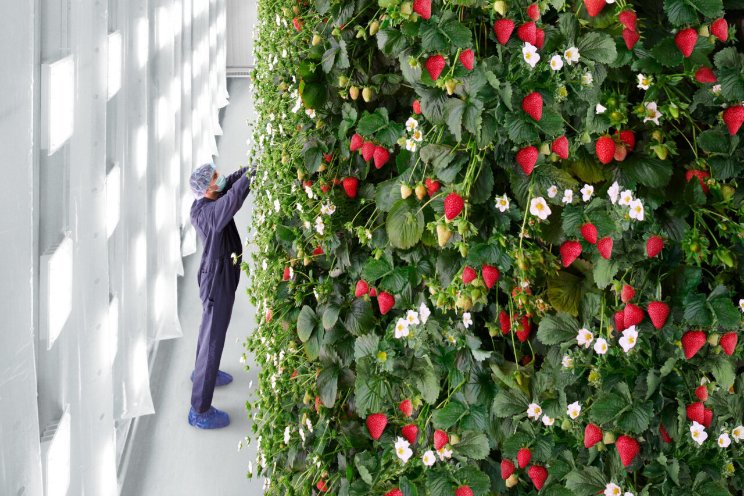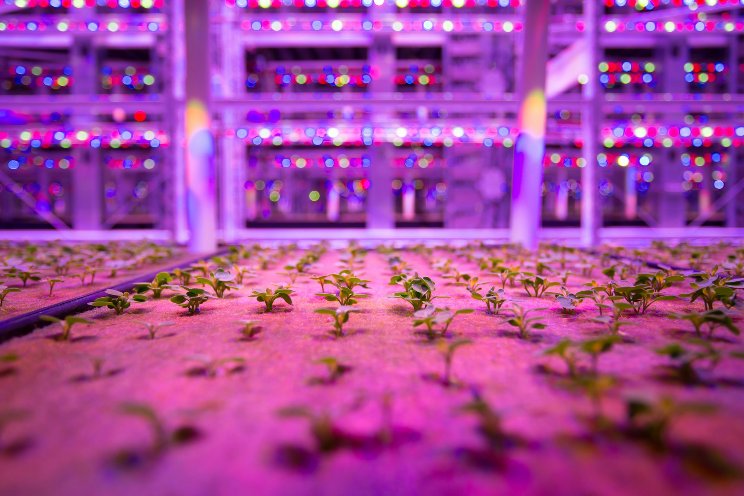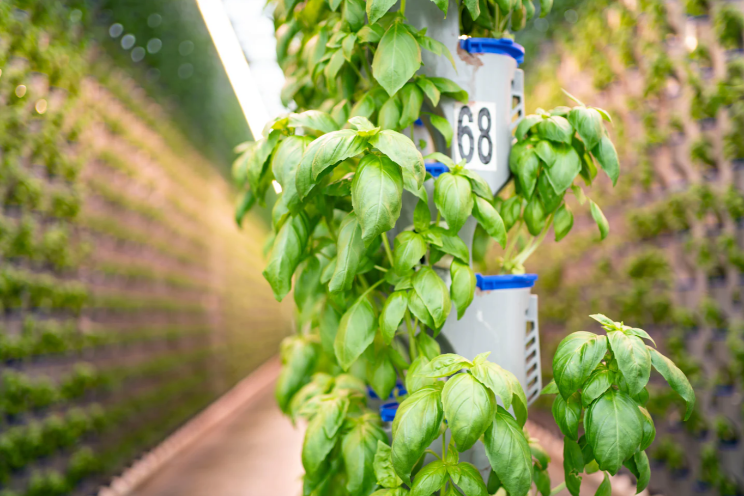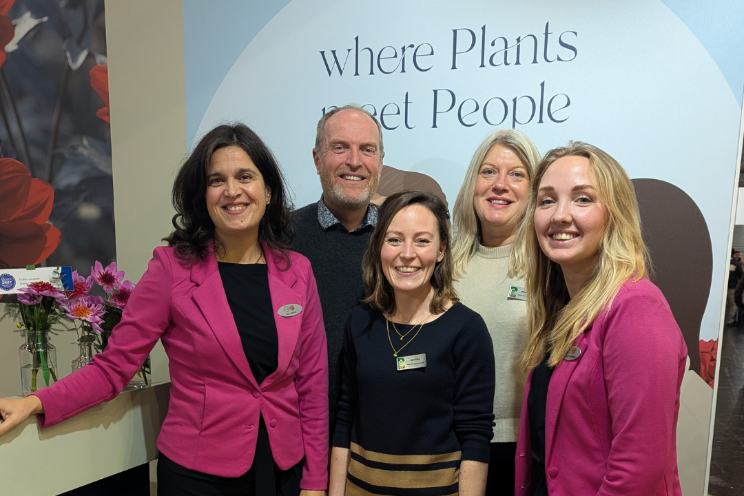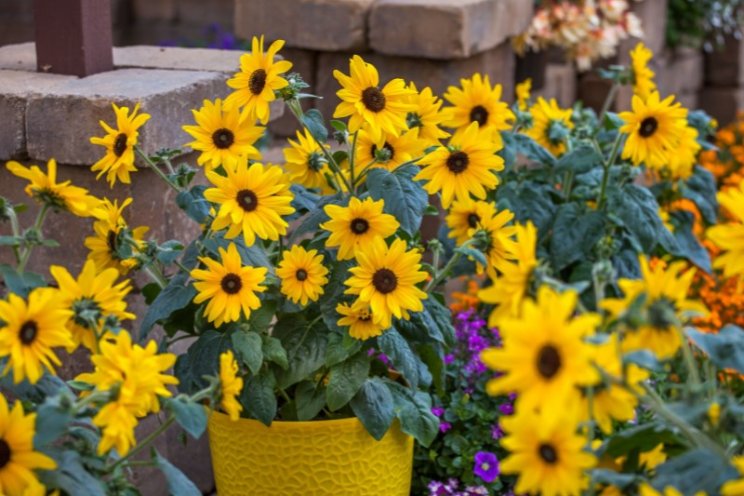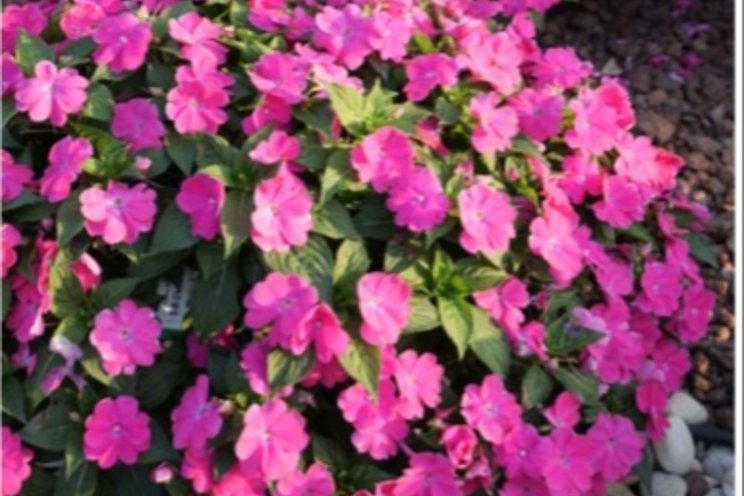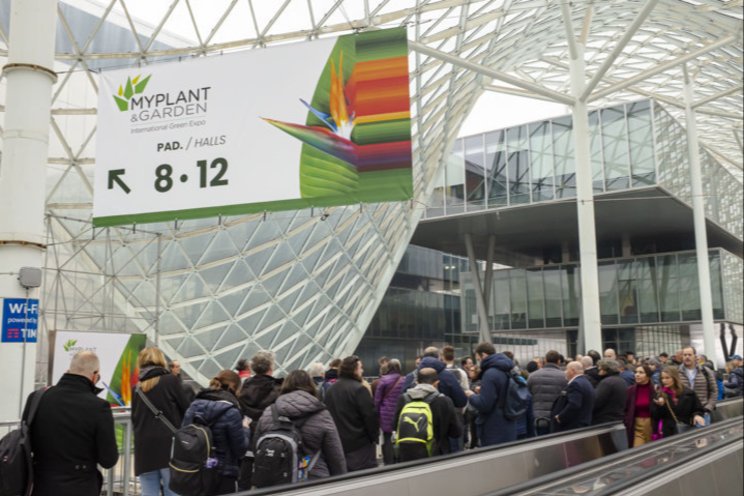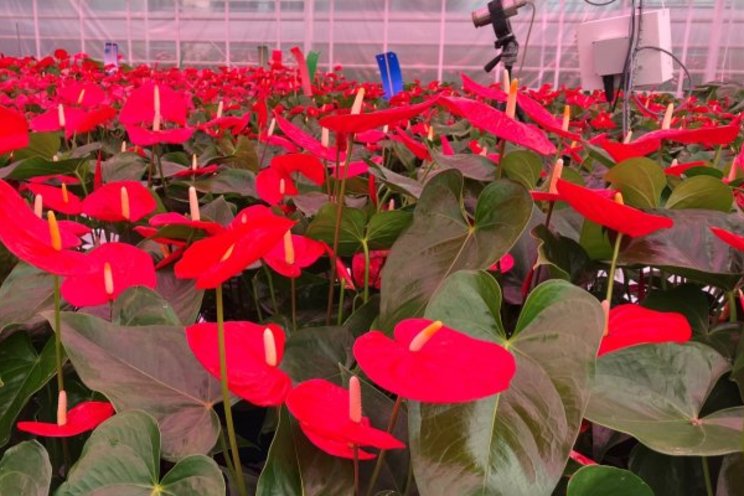Enhancing production via environment manipulation
Added on 06 April 2023
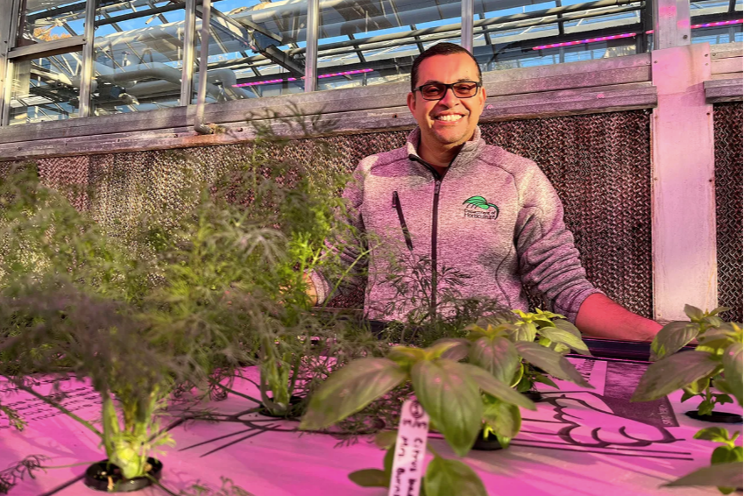
You know how important maintaining the proper environment plays in the production of controlled environment crops. Is it possible to change the environmental parameters to improve crop quality and yield?
Researchers with the OptimIA project are looking at how the environmental parameters such as light, temperature, relative humidity and carbon dioxide concentration can impact plant growth, quality, yield and morphology of leafy greens.
“There is a not a lot of production information available for most leafy greens other than lettuce,” said OptimIA researcher and Michigan State University horticulture professor Roberto Lopez. “Lettuce is a significant crop for the controlled environment industry. Kale and arugula are up-and-coming crops that are being sold more as stand-alone, prepackaged leafy greens. Microgreens are also a relatively new crop and not much research has been done on them beyond the influence of light quality and intensity.
“Kale and arugula are similar to lettuce, they don’t grow too large and have a similar crop production time to lettuce. Microgreens are a short-term crop that only take a few weeks at most.”
Michigan State graduate student Devin Brewer is studying how the color of lettuce and microgreens can be enhanced by altering the light quality and reducing the air temperature. Photo courtesy of Devin Brewer, Mich. St. Univ.
Improving crop quality
Lopez and graduate student Devin Brewer are particularly interested in looking at leaf color in regards to improving crop visual quality and potentially nutrition.
“Consumers, when it comes to red leaf lettuce, prefer dark red leaves because they like the color and texture,” Lopez said. “One of our goals with OptimIA is to really push leafy greens crops to produce them as quickly and profitably as possible. By pushing the plants there is a lot of biomass produced quickly. However, one of the down sides is that the foliage can lack the desired color, especially red leaf lettuce and brassica microgreens.”
Header Photo: Roberto Lopez, an OptimIA project researcher and Michigan State University horticulture professor, is studying how environmental parameters can impact plant growth, quality, yield and morphology of controlled environment crops. Photo courtesy of Roberto Lopez, Mich. St. Univ.
More news
